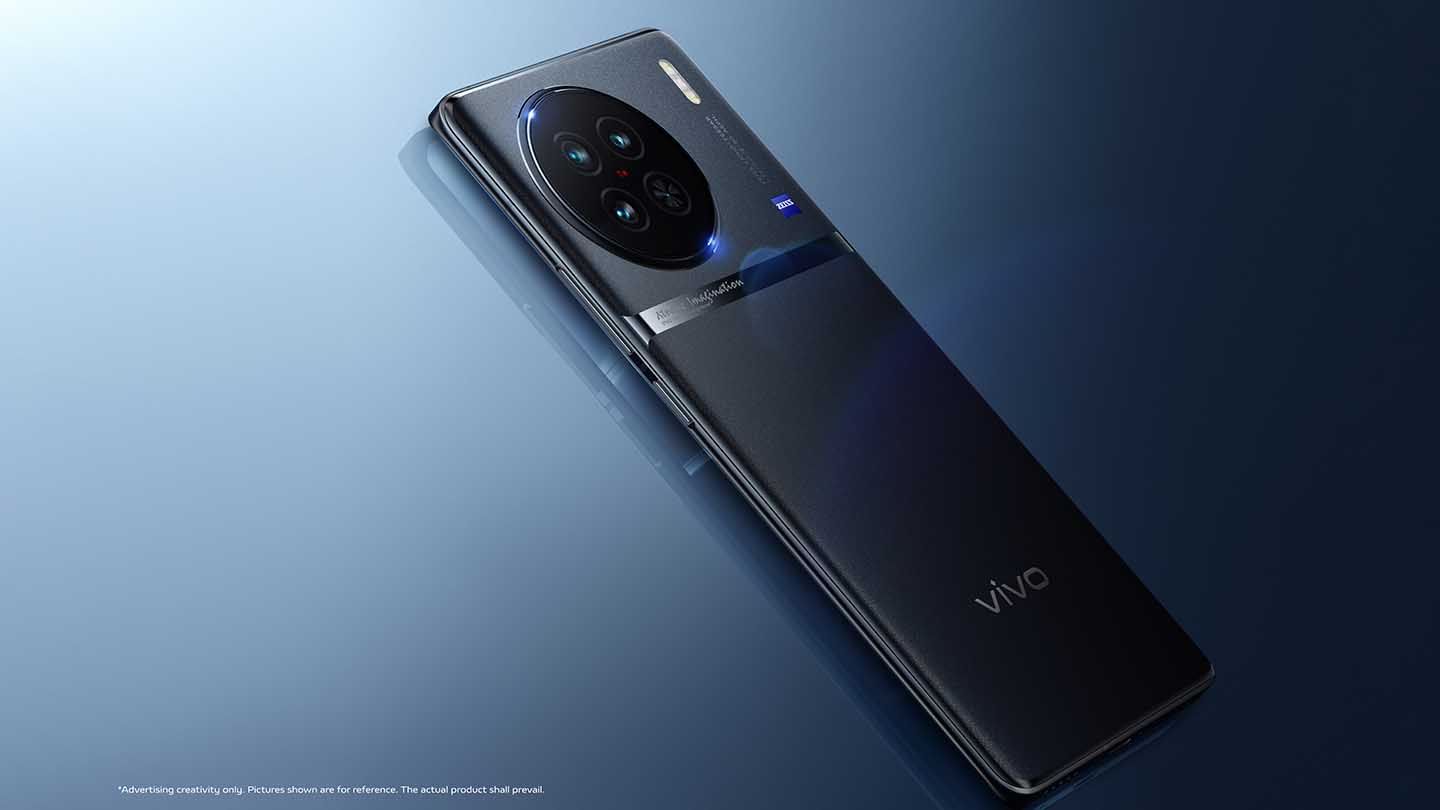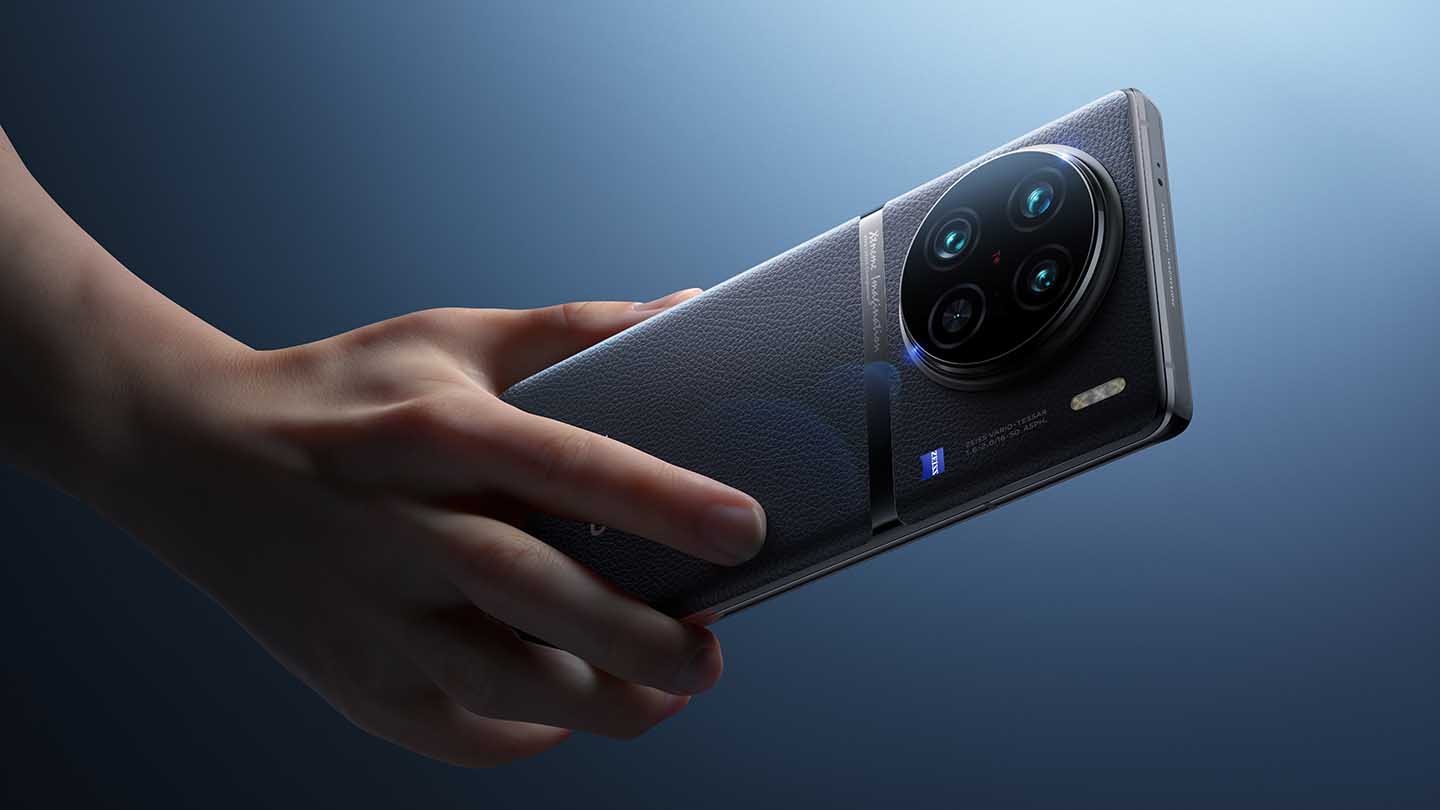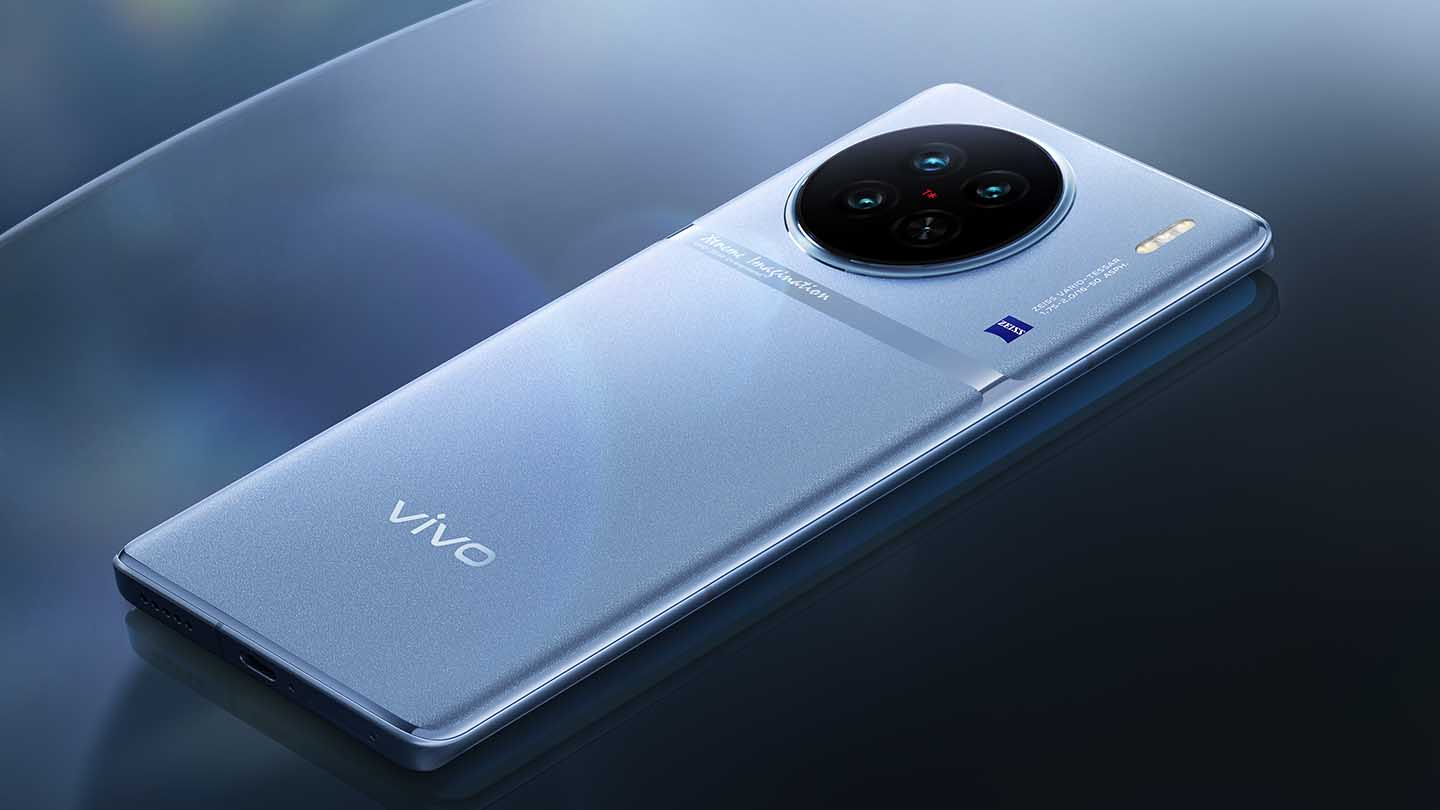[ad_1]
The vivo X90 Pro has been announced and marks the fourth collaboration between vivo and premium optic manufacturer ZEISS. While the previous vivo X camera phones have excelled in imaging quality, this latest release looks to raise the bar with a huge 1-inch sensor.
Straight off the block, vivo is pitching this new phone as enabling Pro Photography in Pocket, a bold claim that seems to be backed up by the latest technology and features the company has packed inside.
Specification
-
Rear Camera One: 50MP IMX989 (1-inch) (OIS, f/1.75) -
Rear Camera Two: 50MP Portrait (f/1.6, IMX758) -
Rear Camera Three: 12MP Wide-Angle (f/2.0, IMX663) -
Front Camera: 32MP Main -
Stabiliser: Autonomous and independent OIS Technology -
Lens: ZEISS Optics with T* Coating -
Processor: vivo V2 chip -
Photography modes: 4K Ultra-Sensing Night Video, 4K HDR Night Video, Handheld Auto. ZEISS Cine-flare Portrait, Night Sports Mode, ZEISS Miniature Effect, Zero-Shutter-Lag Motion Snapshot, Super Moon. -
Dimensions: 164.07 x 74.53 x 9.34mm -
Weight: 214.85g
vivo is pitching the new camera with four big selling points; professional imaging, Ultimate design (It does look good), flagship performance (It’s their best phone) and smooth Experiences, that’s to do with the experience of using the camera/phone and the updates to the OS.

So, backing up the bit that we’re interested, imaging, inside the vivo X90 is a 1-inch ZEISS main camera, an IMX758 Large sensor for the portrait camera, a high-transmittance Glass lens and the vivo V2 Chip.
The cooperation with ZEISS is a powerful partnership and was first announced in December 2020. This partnership includes the T* Coating certification compliance in the hardware and lens effect simulation in software.
The X90 Pro is the fourth generation phone in the line and pushes the boundaries of what the collaboration has produced before and builds on the experience gained over the past three years.
In this iteration, the large 1-inch IMX989 sensor is the big selling point which to date is the industry’s largest imaging sensor used in a smartphone. Not only is it the largest imaging smartphone sensor, but it offers an f/1.75 aperture and 3.2 μm large pixel, which helps to increase the amount of light intake per pixel and enables brighter low light and night shots. This is a big boost over the previous GNV sensor in the previous generation and increases the photosensitivity by 43%.
Alongside the low light 1-inch sensor is the Portrait camera features an IMX758 50MP portrait sensor with f/1.6 aperture and OIS technology. This enables stunning bokeh and better HD algorithms for better portrait shots.

The main camera is where the ZEISS magic happens and is certified compliance to ZEISS T* Coating to enable light transmission, reduce lens flares and ghosting and features high transmittance glass lens as well as seven enhanced lenses.
The f/1.75 large aperture on the camera can offer better light collection, which helps with picture brightness and much-improved picture quality.
Powering the new phone is the vivo V2 chip with major enhancements over the previous generation that are all specially tuned to enhance image quality.
A new AI noise reduction algorithm helps to boost the quality and resolution of images shot in low light. HDR has also been a major consideration, and the V2 chip sees an upgrade in the HDR potential with an algorithm that helps to optimise tone while retaining natural tone from the highlights through to the shadows. The display has also been enhanced and now supports framerates of up to 120fps for smoother playback.
As with all smartphones with high-end imaging potential, vivo has added professional imaging features such as the 4K Ultra-Sensing Night Videoo, 4K HDR Night Video, Handheld Astro, Super Moon and AI Night View, all designed to make the most of the large sensor and low light potential.
The new ZEISS Creative Portrait camera offers ZEISS Cine-flare Portrait, Nautical Blue Portrait, ZEISS Style Portrait in Front Camera, and ZEISS Cinematic Video Bokeh.
Big ZEISS features continue alongside vivo’s image development with various other diverse creation experiences. Zer-shutter-lag motion snapshot, Night Sports Mode, AI Perception Engine 2.0, ZEISS Miniature Effect and Photo Frame with ZEISS Logo are all interesting additions.
For the pros, these next two features will stand out; ZEISS Natural Color 2.0 and ZEISS Natural Color Display. These two features combine to enable you to capture the scene before you with as true-to-life tone and colour as possible. Not only that, but the quality of the display means that you can preview your images as you would expect to see them without overly enhanced tone and colour.
For more details check out https://www.vivo.com
[ad_2]
